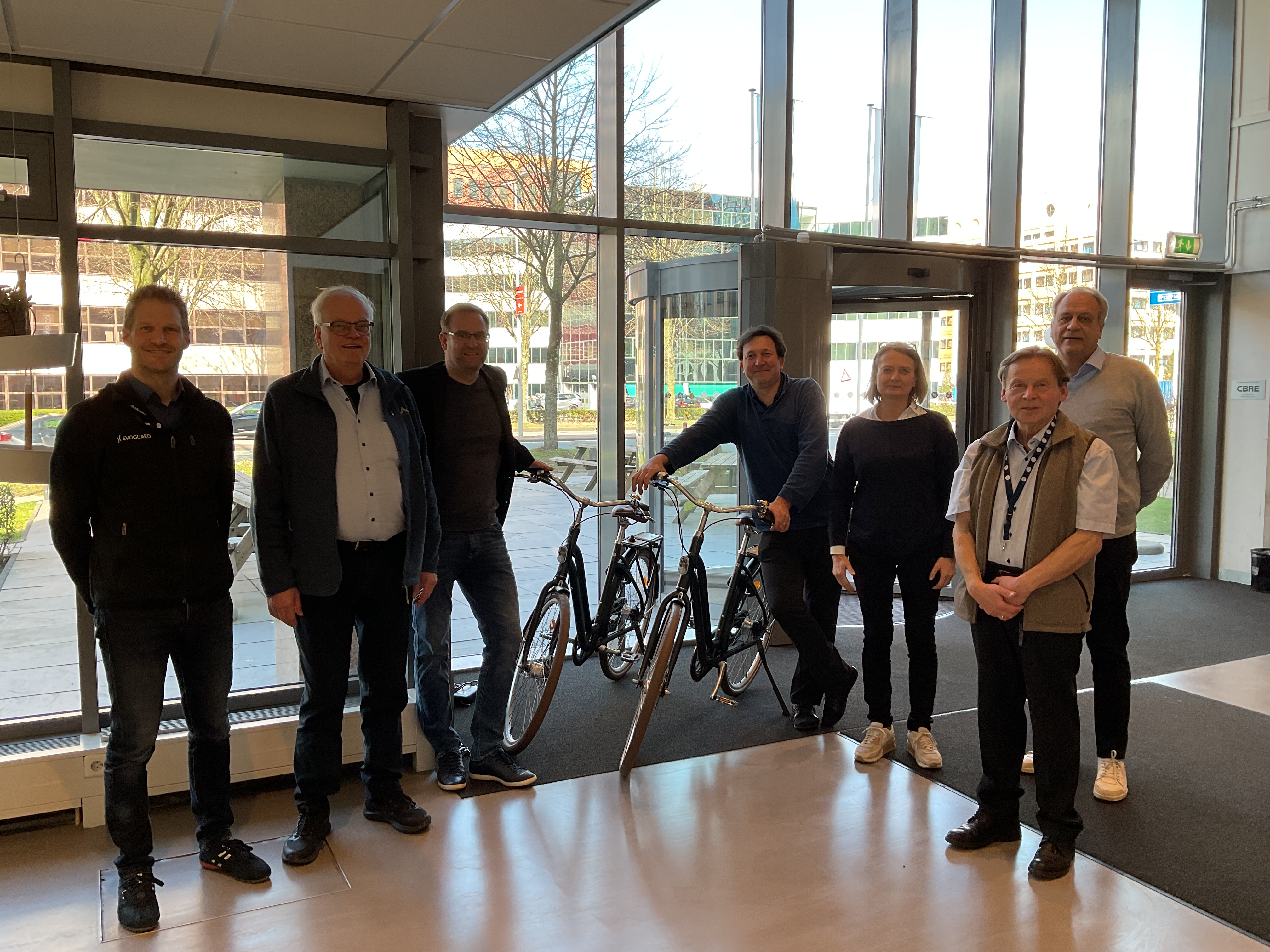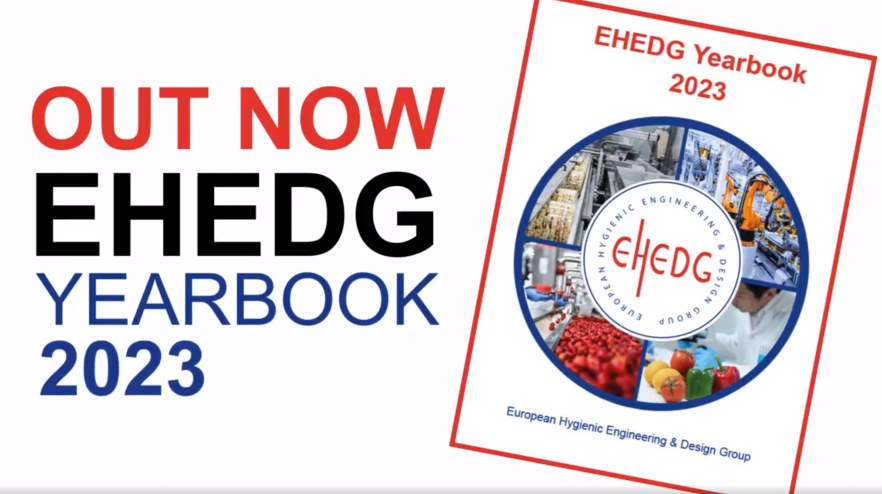GL 17 and 39 | EHEDG Working Groups Update
EHEDG Working Groups Meet in Amsterdam: Key Progress on Guidelines 17 and 39
Last week, EHEDG’s Head Office in Amsterdam hosted two important in-person meetings for two of its Working Groups: the Pumps, Homogenizers, and Dampening Devices Working Group and the Design Principles Working Group. Both groups made significant strides in refining two essential guidelines that will shape the future of hygienic design in the food processing industry.
EHEDG Guideline 17: Pumps, Homogenizers, and Dampening Devices
The focus of the first meeting was the ongoing revision of EHEDG Guideline 17, which was originally developed to provide a set of minimum requirements for pumps, homogenizers, and dampening devices used in hygienic and aseptic applications. These guidelines ensure that food products are processed safely and effectively.
The previous edition, published in 2020, laid out requirements for various types of pumps, including centrifugal, piston, peristaltic, diaphragm, screw, gear pumps, and more. It also addressed homogenizers and dampening devices, as well as valves integral to the pump and homogenizer heads. The goal was to standardise hygienic practices to ensure safety and compliance across the industry.
In this recent meeting, the Working Group tackled several key updates. They reviewed and refined interface requirements, revised references, and integrated new examples. One of the main areas of focus was improving test conditions to align the guideline more closely with the latest industry needs.
The group plans to continue their work with an online meeting this month and a hybrid session scheduled for July to further fine-tune the guideline.
EHEDG Guideline 39: Design Principles for Aseptic Food Manufacturing
Simultaneously, the EHEDG Design Principles Working Group met to discuss the revision of Guideline 39. Originally published in 2009, this guideline outlines the fundamental principles for designing aseptic equipment and process areas. These principles are critical for ensuring both aseptic and hygienic conditions are met in food manufacturing environments.
Key recommendations include ensuring that product contact areas are easy to clean and sterilise, maintaining sterile conditions throughout the intended production period, and identifying and mitigating hazards that could compromise food safety and quality.
The group is confident that the revision of this guideline will be completed by the Full Working Groups Day in October 2025.
Next Steps
Both Working Groups will continue their efforts in the coming months, with further discussions planned for the remainder of 2025. These revisions are crucial for maintaining the highest standards of food safety and hygiene across the global food processing industry.
The EHEDG network looks forward to the completed revisions and the ongoing collaboration between members.
Acknowledging the Contributions of Participants
The successful sessions would not have been possible without the dedication and collaboration of the participants. We would like to extend our gratitude to everyone involved, both in person and online.
Pumps, Homogenizers, and Dampening Devices: Working Group Chair Ralf Stahlkopf (Fristam Pumpen KG), Franz Vinnemeier, Gabriele Hehl (Prominent), Gunter Zimmermann (Nestlé), Hans Joachim Johl (LEWAGmbH), Markus Schröer (GEA), Maxime Chevalier (PCM Europe SAS), Poul Daugaard (Alfa Laval), Silvia Grasselli (GEA), Stephan Mannl (Evoguard GmbH).
Design Principles: Oliver Martini (Krones), Chair of the Working Group, extends his thanks to Sophie Daulmerie (Danone), Jessica Steppa (Tetra Pak), Alessandro Mameli (Sidel), and Jürgen Hofmann (Hygienic Design Weihenstephan) for their contributions to a successful session.
[Click the photos below to enlarge]





